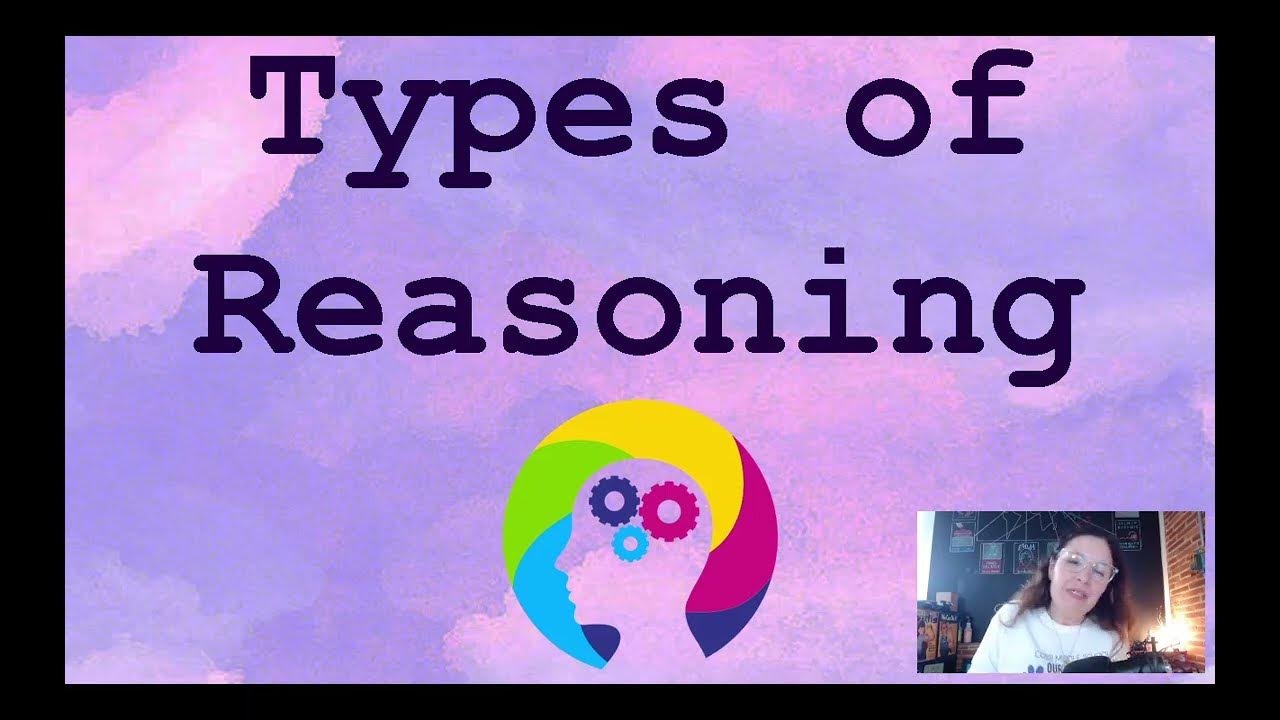Introduction to Inductive and Deductive Reasoning | Infinity Learn
Summary
TLDRThis video script delves into the concept of inductive reasoning, illustrating it through the example of observing mangoes to determine if they are ripe or raw. It explains how making generalizations from specific observations can lead to conjectures that may not always hold true. The script contrasts inductive reasoning with deductive reasoning and highlights its frequent use in mathematics to form conjectures based on patterns observed in specific cases. It concludes by emphasizing the importance of proving these conjectures using mathematical induction.
Takeaways
- 🧐 Inductive reasoning involves making general conclusions based on specific observations.
- 🔍 The process of checking mangoes for ripeness illustrates how inductive reasoning is applied in everyday life.
- 🤔 Inductive reasoning can be logically sound but may not always reflect reality, as it is based on patterns observed in specific instances.
- 📝 The example of mangoes being raw in a basket demonstrates how one might incorrectly generalize from a limited sample.
- 🍎 The transcript discusses the difference between inductive and deductive reasoning, highlighting the potential fallibility of inductive conclusions.
- 📚 Inductive reasoning is prevalent in mathematics, where patterns observed in specific cases are used to form conjectures.
- 🔄 The script emphasizes that conjectures formed through inductive reasoning need to be rigorously proven for their validity.
- 📐 The principle of mathematical induction is mentioned as a method to prove conjectures that arise from inductive reasoning.
- 📖 The video script is part of a series, with further discussion on inductive reasoning and mathematical induction planned for subsequent videos.
- ⏰ The script encourages viewers to review the concepts of inductive and deductive reasoning before moving on to the next part of the series.
Q & A
What is the main topic discussed in the script?
-The main topic discussed in the script is inductive reasoning, its application in various fields, and how it differs from deductive reasoning.
How does the script introduce the concept of inductive reasoning?
-The script introduces inductive reasoning by using an example of observing a few raw mangoes in a basket and then generalizing that all mangoes in the basket are raw.
What is the difference between logically true and realistically true in the context of inductive reasoning?
-Logically true in inductive reasoning means that the conclusion follows logically from the premises, but realistically true means that the conclusion is actually correct in the real world. The script points out that inductive reasoning can be logically true but not necessarily realistic.
Why is inductive reasoning considered a form of conjecture?
-Inductive reasoning is considered a form of conjecture because it involves drawing general conclusions from specific observations, which may not always hold true for all cases. It is a high probability but not a proven fact.
How is inductive reasoning used in mathematics according to the script?
-In mathematics, inductive reasoning is used by observing patterns in specific cases and then making generalizations or conjectures based on those observations.
What is the role of proof in inductive reasoning?
-In inductive reasoning, proof is essential to confirm the validity of a conjecture. Even though a pattern may be observed in many cases, it must be mathematically proven to be universally true.
What is deductive reasoning, and how does it contrast with inductive reasoning?
-Deductive reasoning is a form of logic that starts with general statements or premises and moves to a specific, logical conclusion. It contrasts with inductive reasoning, which starts with specific observations and moves to a general conclusion.
Can you provide an example from the script that illustrates the difference between inductive and deductive reasoning?
-The script provides an example where Statement 1 says 'the mango is a fruit,' and Statement 2 says 'the box is full of fruits.' The conclusion drawn is 'the box is full of mangoes,' which is an example of inductive reasoning. This conclusion could be false if the box contains other fruits, illustrating the difference from deductive reasoning where the conclusion must follow necessarily from the premises.
What is the significance of the mango example in explaining inductive reasoning?
-The mango example is significant because it demonstrates how a specific observation (a few raw mangoes) is used to make a generalization (all mangoes in the basket are raw), which is the core of inductive reasoning.
What does the script suggest for the next step after discussing inductive reasoning?
-The script suggests that the next step is to discuss the principle of mathematical induction in detail, which is likely to be covered in the next video.
Outlines

Этот раздел доступен только подписчикам платных тарифов. Пожалуйста, перейдите на платный тариф для доступа.
Перейти на платный тарифMindmap

Этот раздел доступен только подписчикам платных тарифов. Пожалуйста, перейдите на платный тариф для доступа.
Перейти на платный тарифKeywords

Этот раздел доступен только подписчикам платных тарифов. Пожалуйста, перейдите на платный тариф для доступа.
Перейти на платный тарифHighlights

Этот раздел доступен только подписчикам платных тарифов. Пожалуйста, перейдите на платный тариф для доступа.
Перейти на платный тарифTranscripts

Этот раздел доступен только подписчикам платных тарифов. Пожалуйста, перейдите на платный тариф для доступа.
Перейти на платный тариф5.0 / 5 (0 votes)






